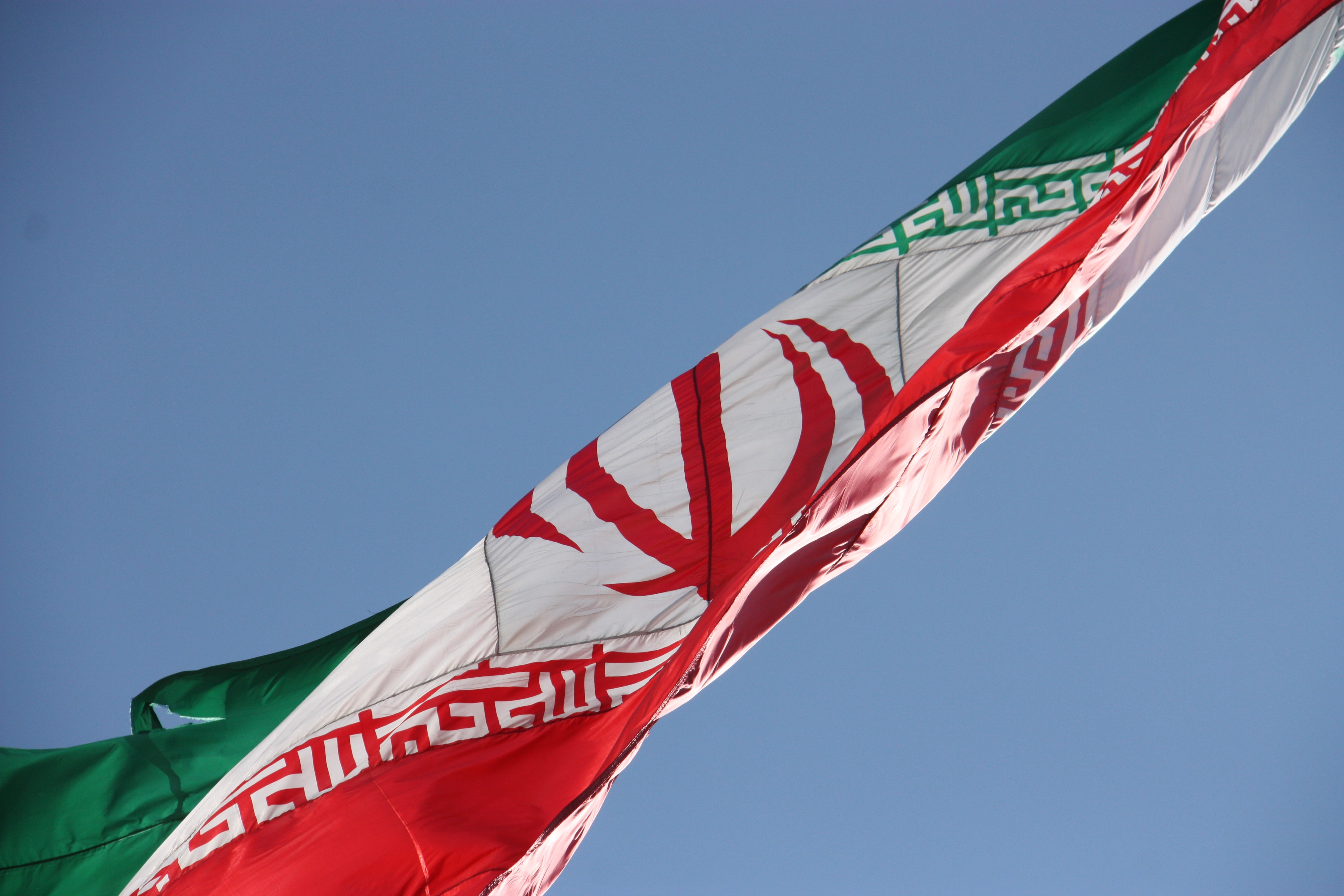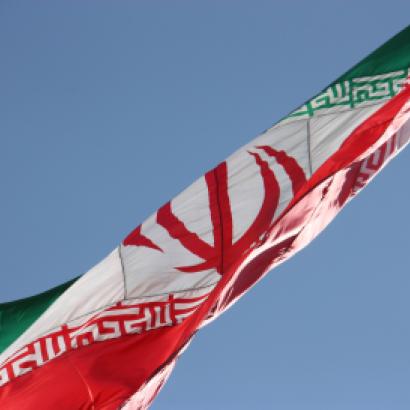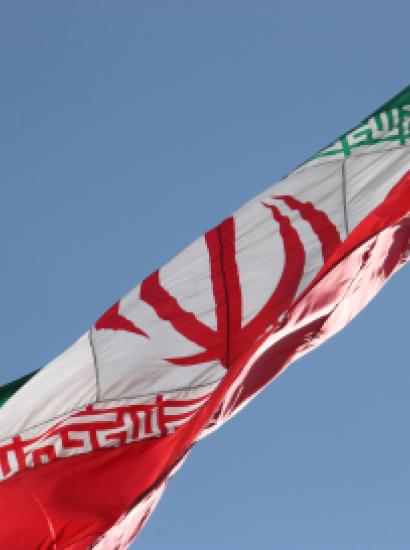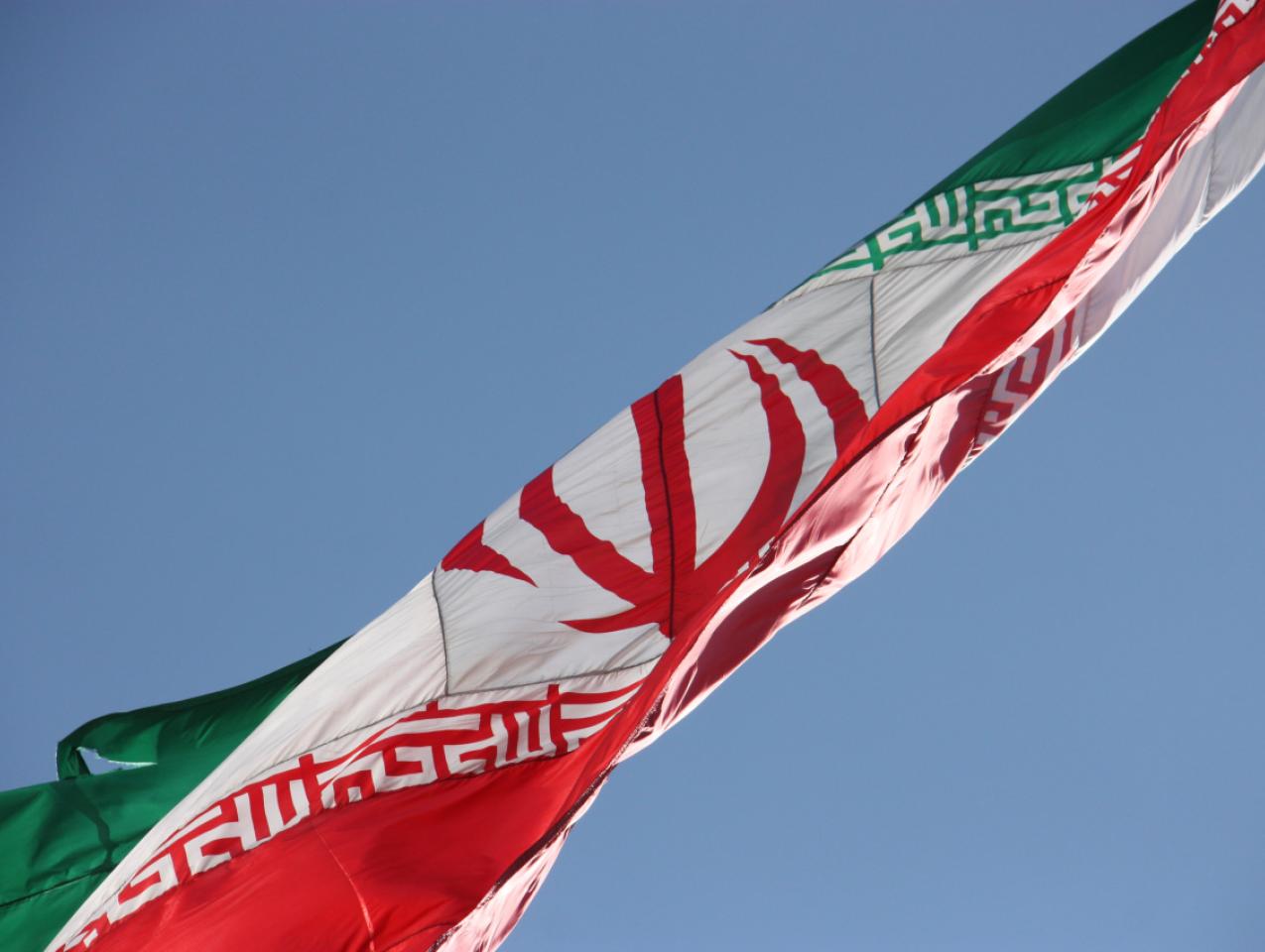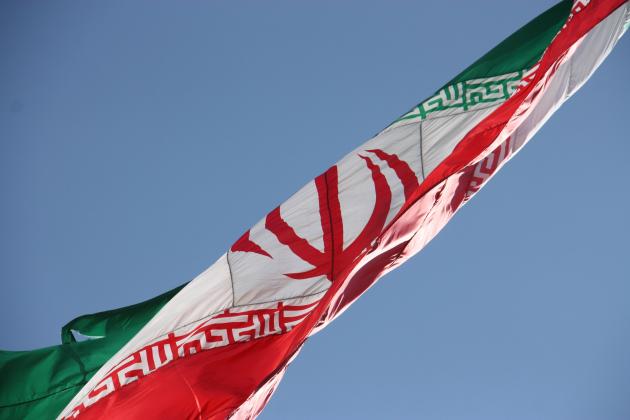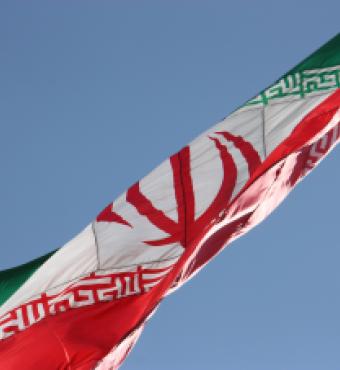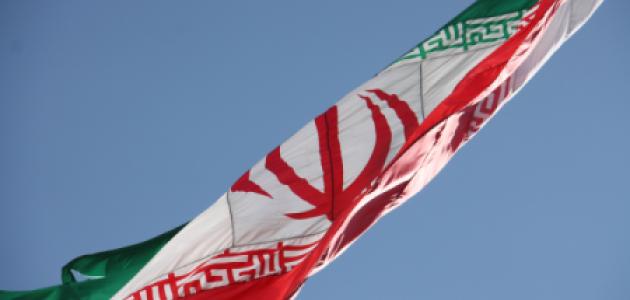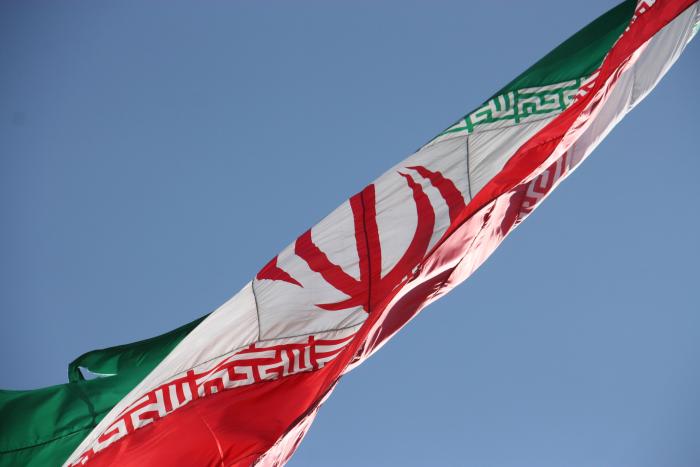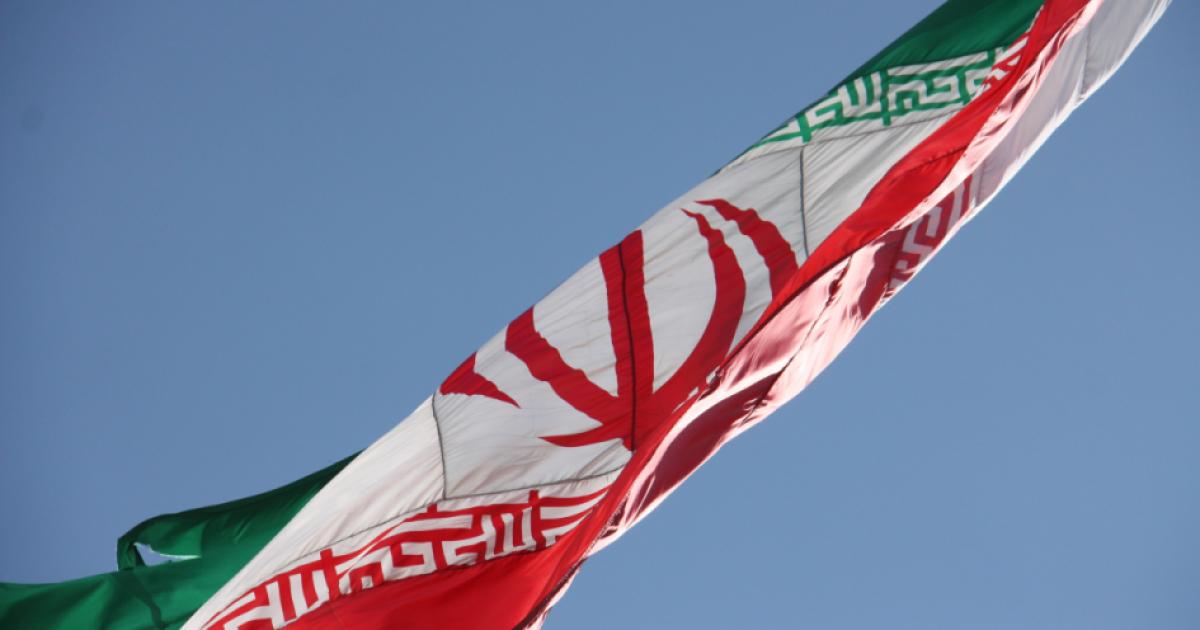The proponents of America’s ‘maximum pressure’ campaign against Iran have argued that the four-month-long anti-status quo protests that have wracked Iraq, Lebanon and Iran are transnational in character and seek to limit or end the influence of Iran’s current leadership both regionally and internally. These arguments are colored by a teleological expectation on the part of Secretary of State Mike Pompeo—the main advocate in the administration in following this course—that a teetering regime in Tehran is but months away from spontaneous collapse, and that its ‘sister republics’ in Baghdad and Beirut are shuddering and buckling under too. This, however, is a reading of events based on hype, limited insight and gobs of wishful thinking: there is no ‘Shia awakening.’
If there is hope to be found, then it is in the souring of the Iranian revolution’s truest believers on the prospects of its future following the death of General Qasim Soleimani. But this phenomenon has nothing to do with the wave of protests.
The protests began in Shia Iraq, never extending to the country’s Sunni and Kurdish preponderant territories. It is in Iraq too that the protests have demonstrated their largest participation, longest endurance and most extensive sacrifice in terms of lives and limbs lost while facing gruesome repression. The protestors took Soleimani as their foil from the get-go. He was seen as the embodiment of Iran’s influence over the Iraqi political class, one dominated by Shia Islamist parties. It was also a convenient rhetorical tool by which to delegitimize the latter on nationalistic grounds.
The protests directed their ire against Prime Minister Adil Abdul Mahdi, a septuagenarian of mottled ideological proclivities in his youth, landing him as a moderate Islamist in recent decades. The protesters held him responsible for the draconian mass control measures that attempted to beat back dissent. Dissent was revving up for months prior over the persistent failures of governance in the country, failures that preceded Abdul Mahdi’s one-year tenure, but it was his act of reassigning a popular army officer named Abdul Wahab al-Sa’idi that unleashed youthful anger.
A myth had coalesced around al-Sa’idi that he was a patriot who was being sidelined by Soleimani’s minions because he would not brook Iran’s entrenchment within the Iraqi security services. Another myth had it that he was attempting to root out corruption. The truth was more mundane: his commanding officer, one seen as America’s top ally within the Iraqi military, had had his fill of al-Sa’idi’s preening self-righteousness, and asked for the reassignment months prior. Abdul Mahdi eventually signed off on the order, but al-Sa’idi went to the microphones decrying the decision. His cri de coeur was echoed by social media influencers so much so that they set a date for a demonstration to support his reinstatement on October 1, 2019.
Passions ran high enough among Iraq’s youth that some observers came to call their reaction an imminent ‘revolution’ that would sweep away the ruling class and undo the political order in place since 2003. A frazzled Abdul Mahdi, already frightened by rumors of an inchoate coup that his advisors told him was in the works, chose to wield a heavy hand. The initial spate of casualties that resulted from that foolish decision gave the youth a new cause to fight power, affording them the iconography of martyrdom.
The protests unleashed creative and altruistic energies. The Iraqi people have plenty of justified wrath to wield against a mendacious and underperforming political elite. This sort of popular energy can invigorate societies, correcting for deficiencies and defects, giving them renewed purpose and direction. Alas there was no political engine to harness that energy. Furthermore, there was a ‘free-riding’ shadow haunting the protests from the outset, one that would eventually sap its vigor, leaving it to wallow in recrimination and paranoia: Muqtada al-Sadr.
Sadr did not instigate the reaction to al-Sa’idi’s reassignment. He may even have been surprised to witness Baghdad’s lumpenproletariat—usually one of his core constituencies—flocking to man the barricades along with the less numerous liberals and secular activists. But the Sadrist machine stealthily moved into position, ostensibly to provide protection for the demonstrators especially since the main levers of repression at Abdul Mahdi’s discretion were the Shia militia groups that had splintered from the Sadrists in a decade-long practice midwifed by Soleimani. One tends to forget that the anti-Iran chants that are a hallmark of today’s protests such as “Iran out, out, Baghdad will remain free” were actually popularized by the Sadrists in 2016 . Likewise, the Sadrists played the leading role in the 2018 Basra summer protests that culminated in torching the Iranian consulate there. Sadr felt wronged by the Iranians, principally because they had been promoting his underlings and encouraging them to break ranks with him.
Soleimani loathed Sadr. The feeling was reciprocated, albeit tinged with fear. But after many years of trial and error Soleimani had figured out a way to put Sadr to use for his own purposes. He could not tame him, but he may use him as a toxin, poisoning whatever waters volatile and imprudent Sadr and his fanatical followers are released in. Soleimani’s new approach began bearing fruit. Sadr has ensconced himself in Iran since June of last year. He hasn’t returned to Iraq save for a two or three visits of a few days each. There is much speculation about his movements. Some observers go as far as to suggest that he is being made to act (and tweet; his ‘presence’ in Iraq is primarily digital) against his will. That seems to be a stretch. Sadr seems to have quit Qom voluntarily with the recent outbreak of the coronavirus there.
A more straightforward explanation is that Sadr is undermining the political clout of Grand Ayatollah Ali Sistani, as exercised primarily by his son Muhammad Ridha. This is a goal that Sadr shared with Soleimani. Soleimani’s endgame for what he was doing in Iraq was to break the political influence of both Sadr and the Sistanis. By breaking up the authority of such independent political brokers the country would be easier to manage centrally. Sadr for his part wants to obstruct whatever succession plan the Sistani family has in place for the eventuality of their patriarch’s death. He may sense there is some ground he can pick up in the ensuing muddle.
One irony of the protests is that its sole political casualty so far has been Abdul Mahdi, who was drafted for the premiership by the Sistanis to protect them against Soleimani’s machinations and Sadr’s perfidies.
Sadr’s maneuverings within the protests went underreported by both the international and local media. The non-Sadrist protesters underplayed the Sadrist role to preserve the perceived purity and independence of their movement, all the time benefiting from Sadr’s protection that kept hostile militias at bay. Consequently, many observers were blindsided when Sadr’s supporters suddenly (and until now inexplicably) usurped the public spaces of the protests since late-January.
A jarring and sobering moment arrived when the most visible symbol of the protests, a building overlooking Baghdad’s Tahrir Square that was festooned with the icons of youthful defiance against the political class, was redecorated and emblazoned on February 4 with Sadrist propaganda against President Donald Trump and his Israeli-Arab peace plan. These banners may come off at some point but now the record holds photographic evidence of the ‘revolution’ taking such a cynical detour. Iranian state media widely disseminated these images, suggesting that from their perspective America’s plot to undermine Iran in Iraq had floundered. Momentum was lost, and Sadr, once touted by a faction of the secular intelligentsia as an ally, is now a bothersome bane onto the protests. The Iranians, on the other hand, are extending to him increased face-time with Supreme Leader Ali Khamenei.
The Iraqi protests had historical potential, but devolved into Sadr’s self-serving machinations. In as much as they reflected a transnational Shia agenda, at heart, they have come to showcase a power struggle within Najaf rather than in Tehran as Pompeo believes. The non-Sadrist faction of the protesters have recalibrated their goal from one of revolution to a much diminished desire to simply hold their ground.
The protests in Beirut and elsewhere in Lebanon were likewise misinterpreted as the beginning of something bigger. Early stirrings among the Shia, who form a plurality among the constellation of Lebanese sects, were championed as the beginning of the end of Hezbollah’s grip, as well as that of ‘Hezbollah-lite,’ the Amal Movement. A burgeoning banking crisis loomed over a spate of poor decisions taken by the government. A new tax sparked off protest, which swelled into a call for a revolutionary transformation of the political order.
The hard lump blocking the revolution was Hezbollah’s monopolization of the Shia trajectory. Gripe was always a feature of an internal Shia conversation. Hezbollah’s hold is not that of a totalitarian behemoth. It controls Shia communities through a tautly negotiated power matrix it shares with clan and village elders, as well as municipal leaders. Political life exists within that sphere, but it is kept hermetically compartmentalized away from other Lebanese communities. That enforced separation notwithstanding, it looked at the onset as if Shias were going to break out of their own bubble and join the throngs heading to Beirut’s downtown.
That is not what happened. Some Shias did show up, but these were a coalition of the vanquished among the Shia that had lost its bid for communal representation decades ago. The defeated ran the gamut from remnants of feudal families to Marxists and every stripe of leftists who ended up losing the inter-Shia wars of the 1980s that gave rise to Hezbollah. The Lebanese left had boasted a large following among Shias; many were even at the service of the Palestinian guerilla left. For example, Hezbollah’s mastermind and many of his top aides came out of Yasser Arafat’s Fatah faction.
The protests gave the Shia leftists succor and an opportunity for renewed relevance: they could bind together in solidarity with other Lebanese citizens in a way that Hezbollah cannot. These ‘other’ Shias were to be their community’s bridge to a new, future Lebanon where sectarian identity was not determinative of one’s potential. But Hezbollah quickly maneuvered to maintain communal discipline, which incurred the same behavior among other communities, returning Lebanon firmly to its status quo ante.
We have much less insight and information about the protests in Iran, a country where expression is severely curtailed. Since late 2017, there seem to occur sporadic outbursts of popular anger sparked by economic distress, sometimes veering into a wholesale rejection of the Islamic Revolution. It has never amounted to a groundswell of revolutionary magnitude, to such a degree that the regime loses its ability to hide it from the world. What we see are videos of anti-Khamenei slogans and defiance, followed by harsh repression. But at least some of those are manipulated and hyped by anti-regime factions such as the Mujahedin-e Khalq that have a history of distortions. There is also an element of Saudi and Emirati largesse fanning ethnic secessionism, or at least paying for footage that seems to show a spike in such sentiments. Our lack of clarity makes it difficult to assess whether these sorts of protests are truly existential to the survival of the regime.
The most interesting ‘protests’ of the region’s Shia were, counterintuitively, to be found at Soleimani’s funeral. The outpouring in Iran was real, and massive, taking even the regime there by surprise. The 'mourners' were mourning more than Soleimani; they were mourning the revolution. They were signaling their admiration for a man who, in their eyes, remained true to the revolutionary ideal and did not deviate into cronyism and corruption as others did, a narrative in line with the Soleimani myth.
That myth of the revolution’s last lion was supposed to arm Soleimani in his battle against the revolution's deviants. He was to cleanse a revolutionary system that this constituency, its last true believers and the bedrock of the regime, wanted to believe in again. It took four decades to build-up a man like Soleimani. Khamenei does not have time to come up with another plan, or candidate, for succession. The choices Soleimani’s mourners make are more portending to the survival of the regime than those taken by its opponents. They will either stay at home as other societal forces take on the regime, or they may revolt themselves.







